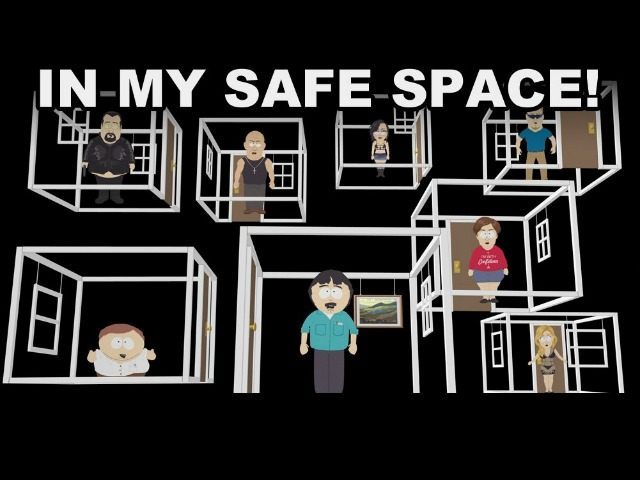A recent column that appeared in The Washington Post by Brown University President Christina Paxson argues that safe spaces benefit the academic pursuit of free and open discourse on campuses.
Paxson disagreed with the notion that American college students want to be shielded from ideas that make them uncomfortable. “I don’t share the view that American college students want to be protected from ideas that make them uncomfortable. Just the opposite.”
“Over the past few years, our students have addressed topics that make many people very uncomfortable indeed — racism, sexual assault, religious persecution,” she claimed. “These are some of the toughest problems facing society today, and we do not shy away from them.”
Paxson drew upon the emergence of safe spaces, which occurred in the women’s movement almost 50 years ago. Then, a safe space was typically a forum where women or members of other oppressed groups would gather to discuss issues relevant to them. Paxon claims that the function of safe spaces has essentially remained unchanged over time.
As for “safe spaces” — the term is used in so many different ways that it is impossible to discuss it without being precise about its meaning. The term emerged from the women’s movement nearly 50 years ago to refer to forums where women’s rights issues were discussed. Then it was extended to denote spaces where violence and harassment against the lesbian, gay, bisexual, transgender and queer community would not be tolerated, and then extended yet again to mean places where students from marginalized groups can come together to feel comfortable discussing their experiences and just being themselves.
Based on the historical definition, Paxson contends that Brown “proudly” endorses safe spaces. However, as Judith Shulevitz noted in a popular New York Times piece, contemporary safe spaces rarely adhere to the historical model.
During a lecture at Brown University, Shulevitz noted that students who wanted to escape the event were offered an alternative environment that was “was equipped with cookies, coloring books, bubbles, Play-Doh, calming music, pillows, blankets and a video of frolicking puppies.”
Tom Ciccotta is a libertarian who writes about Free Speech and Intellectual Diversity for Breitbart. You can follow him on Twitter @tciccotta or email him at tciccotta@breitbart.com

COMMENTS
Please let us know if you're having issues with commenting.